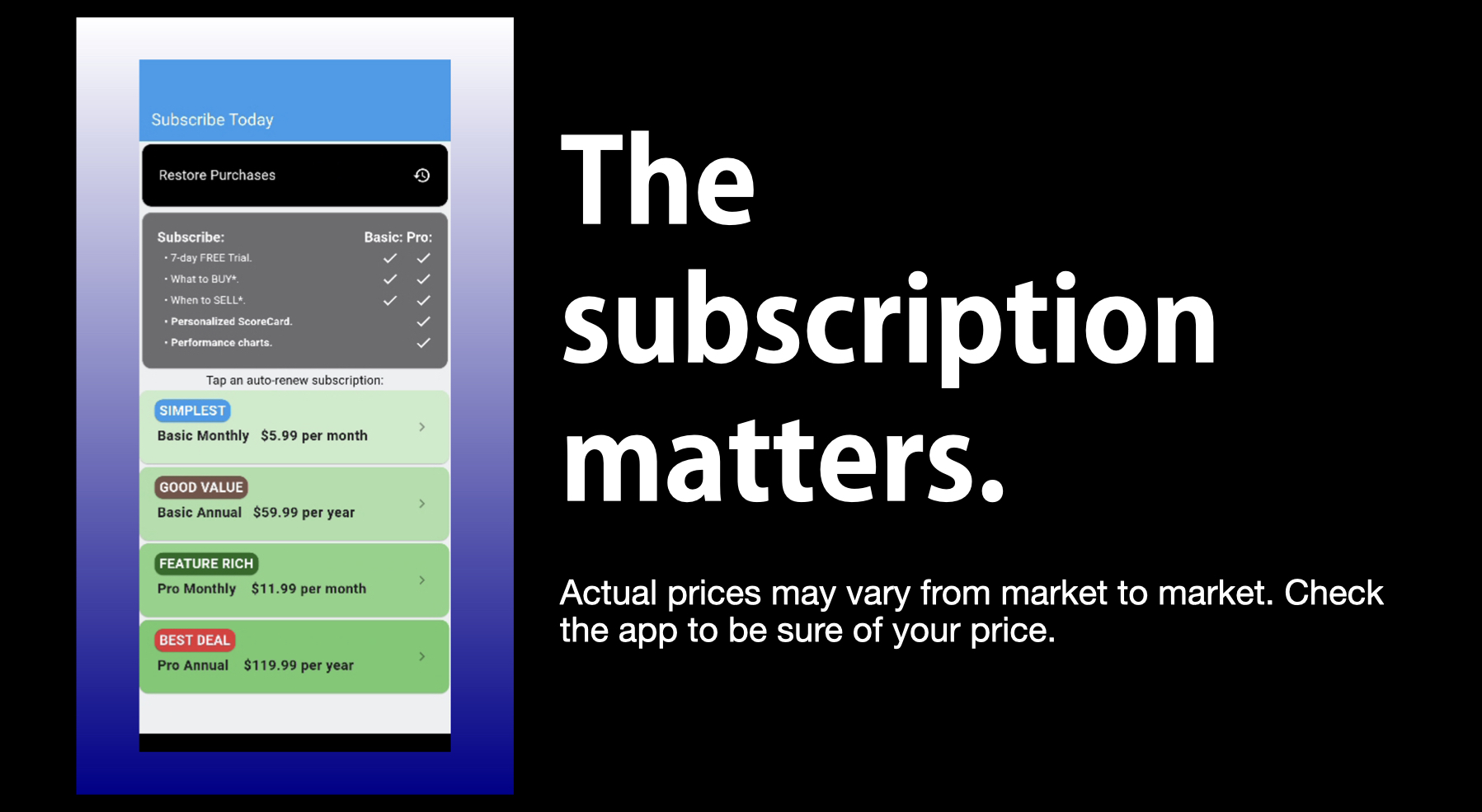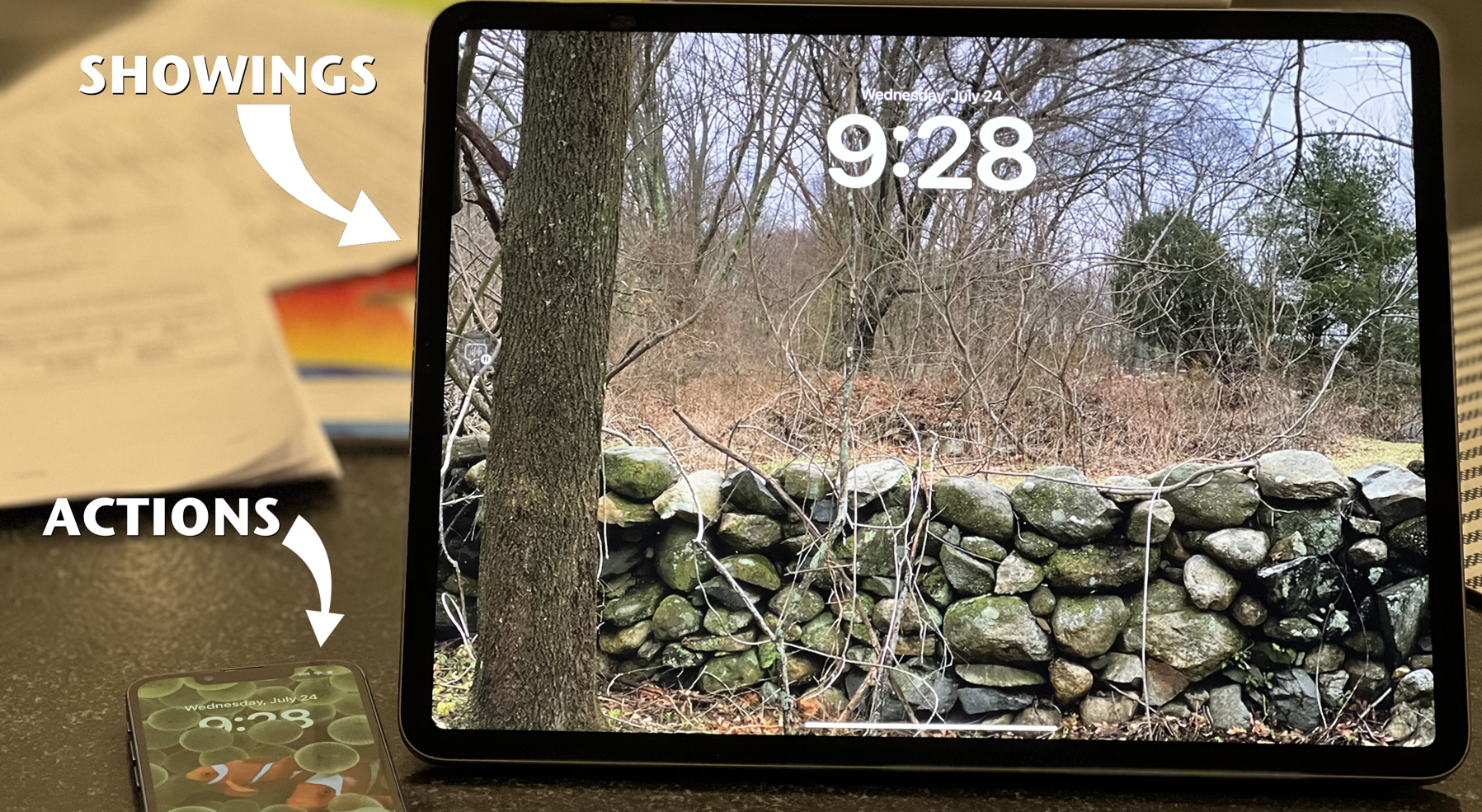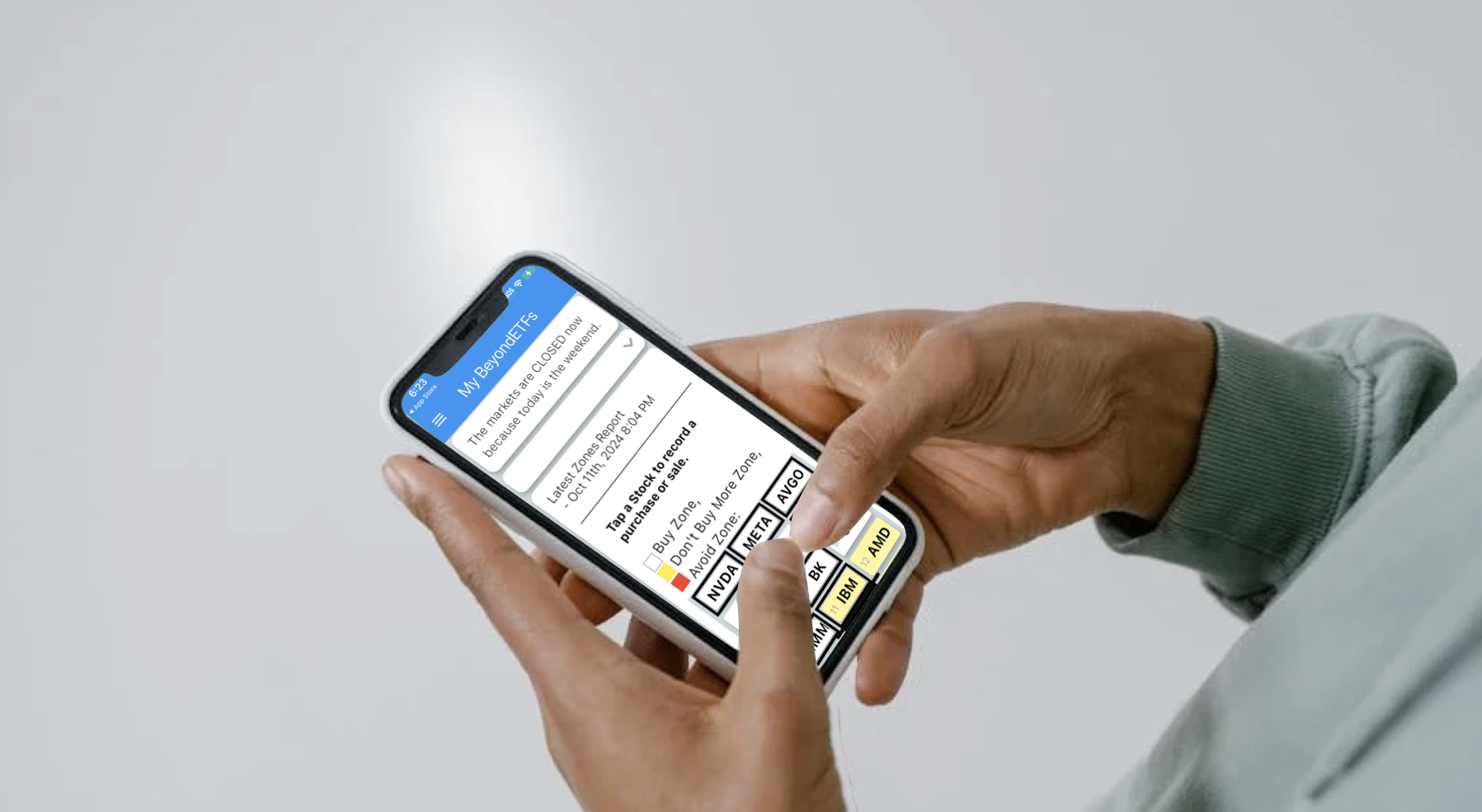I've played on several teams in my career and each vendor uses their advantages where they can.
Yes, I have built my career while working at many different places. Nortel taught me the opportunity that comes from innovation in product category. The Passport product line was an excellent business in its' time. Invented as the next step in enterprise wide area networks (after TDM and after packet switching (SNA in North America and X.25 in Europe and Asia). It grew into a $1 billion business just in time to get on the next level in data networking – Ethernet switching – with the Bay Networks acquisition in 1998.
I was part of the Business Development team that justified/explained the deal to the officers and the board of directors. It was a great opportunity to participate in a wonderfully disruptive event and strategy. I was the BD prime with the anti-trust response team. Since the deal was so massive in both Canada, US and Europe, each of those countries/community's regulatory regime had to review the deal.In Canada, we answered a 20-question (or so) essay and then got a letter back from Industry Canada saying they had no objection to our transaction, but reserved the right to investigate it within the next three years.
In Europe, we (me, a team of five lawyers and various marketing analysts from Bay and Nortel) had to write a thick essay (about 400 pages) in A4 size, showing the market share changes for each product category. In the oral presentation, I had to explain the differences between an Ethernet switch, a frame relay switch, an ATM LAN switch, an ATM WAN switch and a central office switch, for example. Challenging, and somewhat interesting (from a certain point of view, to quote Obiwan).
In the USA, the Hart Scott Rodino Act, aka HSR, is far more powerful. In the US, they don't want essays and lengthy meetings. Just send them whatever documents you used to convince your officers and board of directors that this was a good idea. No doubt, your analysis on competitive effects is something that will matter a great deal. Gotcha!
After the acquisition, we focused on other BD opportunities including VoIP, which was a disruptive technology to our Meridian business. That's why we came up with the buy vs build model and negotiated a deal with the folks at Selsius…. and the rest is described elsewhere. Our simple plan was to blunt anybody elses' disruptive technology by offering an IP alternative.
After the failure of the deal, it became obvious that the company, as an established TDM vendor, had to discover a new strategy. Jim Long launched the 'Inca' brand/strategy/etc in June 1999. This was basically an Ethernet card on Meridian with Ethernet phones.
By the time 1999 closed, Inca was not on anybody's mind. The BCM, a hybrid TDM IP platform from the 'Bay Networks' division was introduced instead, and the company began a strategy that I called "diffusive telephony."
The best way to make sure that IP Telephony happens slowly, is to present multiple offers, make sure the channel and end users think everything is kinda the same, and we have that too.
No doubt Avaya, Nortel and the other big PBX manufacturers adopted this strategy too. It's about lots of choices.





